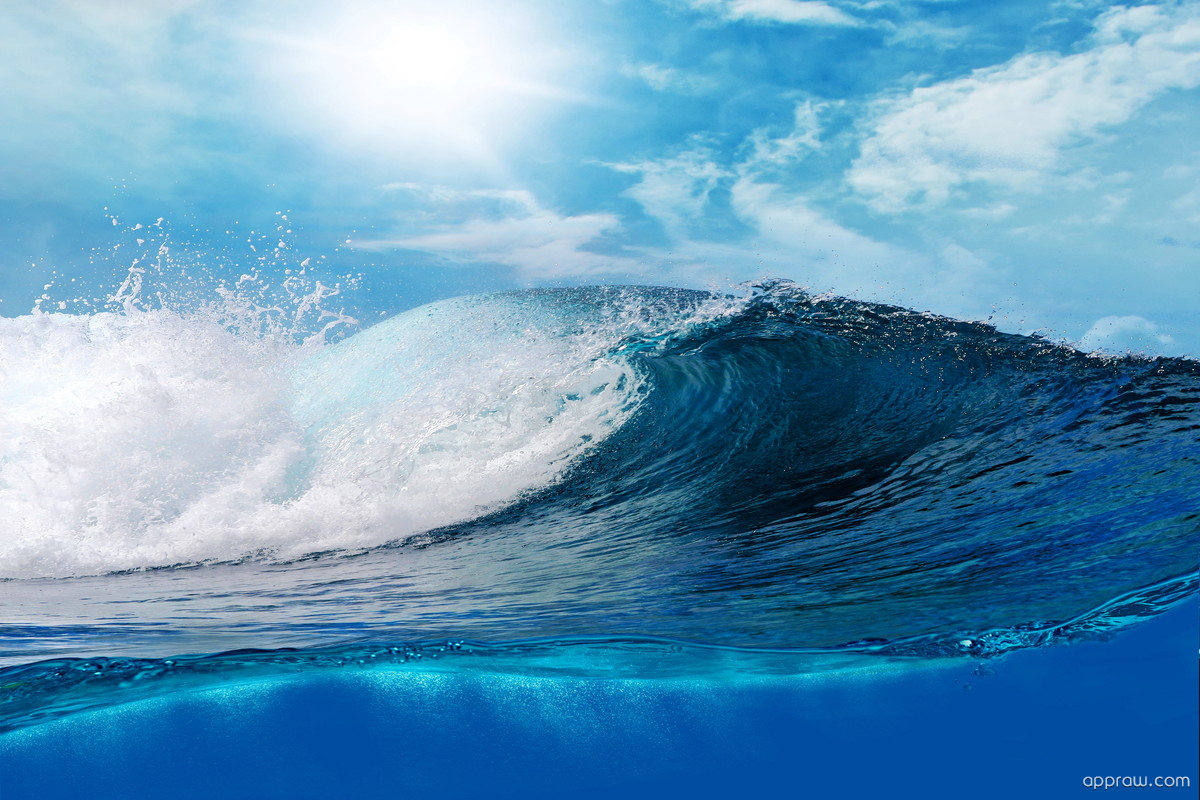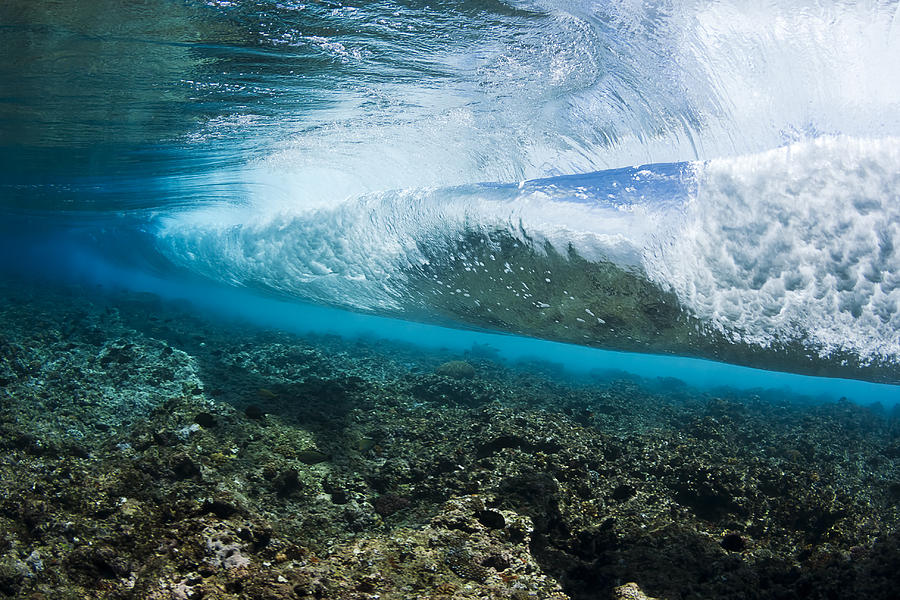


2001), together with storm surges and tides (e.g., Cazenave and Cozannet 2014 Melet et al. Wave setup and runup contribute to the extreme sea levels that drive coastal floods (Didier et al. Extreme and multi-modal sea states can pose a threat to the safety of navigation and to coastal structures (Soares and Teixeira 2001 de Osés and Castells 2008 Ventikos et al. They are one of the main drivers of coastal erosion and accretion (De Leo et al. In particular, gravity waves play a relevant role on several aspects of ocean and coastal dynamics. Therefore, a detailed knowledge and monitoring of oceanographic variables in this basin is of foremost importance.

About 20% of the world’s seaborne commerce, and 10% of the container traffic pass through the MS, making it one of the busiest seas in the world (Leone 2017). Today, about half billion people live along the Mediterranean shores, with consequent concentration of critical infrastructures and sites of cultural heritage. Until present times, this basin retained a prominent role in the development of human culture and economy. Since the dawn of human history, many civilizations thrived along the shores of the Mediterranean Sea (MS), deriving sustenance from its resources, and trading and spreading across its waters. The results show, on average, a decreasing trend of significant wave height and mean period, while the wave directions may be characterized by a slight eastward shift. Future projections of wave climate and their variability are analyzed taking into account annual statistics of wave parameters, such as significant wave height, mean period, and mean direction. We perform an analysis of wave climate changes using an ensemble of 7 models under emission scenario RCP8.5, over the entire Mediterranean basin. This study focuses on the Mediterranean Sea, an area of primary interest, since it plays a crucial role in the worldwide maritime transport and it is highly populated along all its coasts. As such, the evaluation of trends in future wave climate is fundamental for the development of efficient policies in the framework of climate change adaptation and mitigation measures. oil and gas production, ship routes, and navigation safety). Wind-generated ocean waves are key inputs for several studies and applications, both near the coast (coastal vulnerability assessment, coastal structures design, harbor operativity) and off-shore (a.o.


 0 kommentar(er)
0 kommentar(er)
